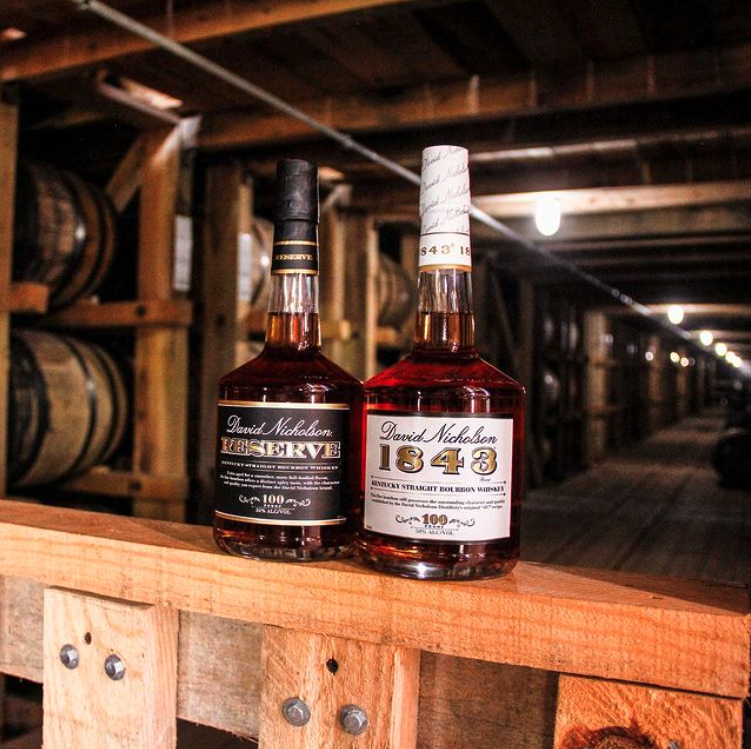
If you’ve ever visited Lux Row Distillers, you’ve seen our rickhouses and the many barrels we use to develop and store our bourbon whiskey. Barrel aging is a major step in developing the flavors, color, viscosity, and proofing of bourbon whiskey.
The Science Behind Aging in Barrels
There are many variables to consider to aging bourbon whiskey in barrels. This includes the type of barrel, the size of the barrel, the type of char on the barrel, and where and at what temperature the barrel is stored. How long the bourbon whiskey is stored in the barrel also heavily impacts the final product of the whiskey.
Size matters because, as the spirit comes into contact with the wood, some seeps into the wood while some of the liquid evaporates. You’ve probably heard of the term “Angel’s share” before. This refers to the evaporated spirit that gets released into the air. Some distilleries use larger barrels, while others prefer smaller ones.
The type of wood impacts the flavor and color of bourbon whiskey. Factors like the species of oak that bourbon is aged in, the region the oak itself is from, and how the wood was treated after it was harvested can all impact the taste notes that appear in a whiskey. For example, Irish oak may create mocha and caramel flavors, while American oak offers more hints of vanilla. Of course, to be called bourbon, whiskey must be aged in new American charred white oak barrels.
Charring the wood is not only one of the bourbon laws; it brings richer color to the bourbon, allows more points where the bourbon can interact with the wood, and it activates the natural sugars in the wood to participate in the aging process.
Storing in Barrels
Once a distiller has selected the best barrel for their product, they need to ensure that they are storing the barrel in a way that will help them reach their desired product.
Many distilleries store their barrels on racks in warehouses, called rickhouses. Typically, barrels are stacked three barrels high in these environments with room between all sides of the barrels for air to get through. As the temperature inside the rickhouse ebbs and flows so does the viscosity of the bourbon whiskey, allowing for specific nuances in the aging and flavoring processes.
Often, distilleries will find slight variations between the barrels processed on the bottom floor of a rickhouse, versus those aged higher. While skilled distillers can adjust their process to exclude these differences, many choose to leverage them to their advantage by creating different labels that address different tastes. In other words, there is whiskey out there for everybody.
For nearly two centuries, whiskey connoisseurs and newcomers alike have loved the smooth feel and smokey taste of David Nicholson Bourbon. Shop online or locate it in person at a store near you to grab a bottle for yourself.



